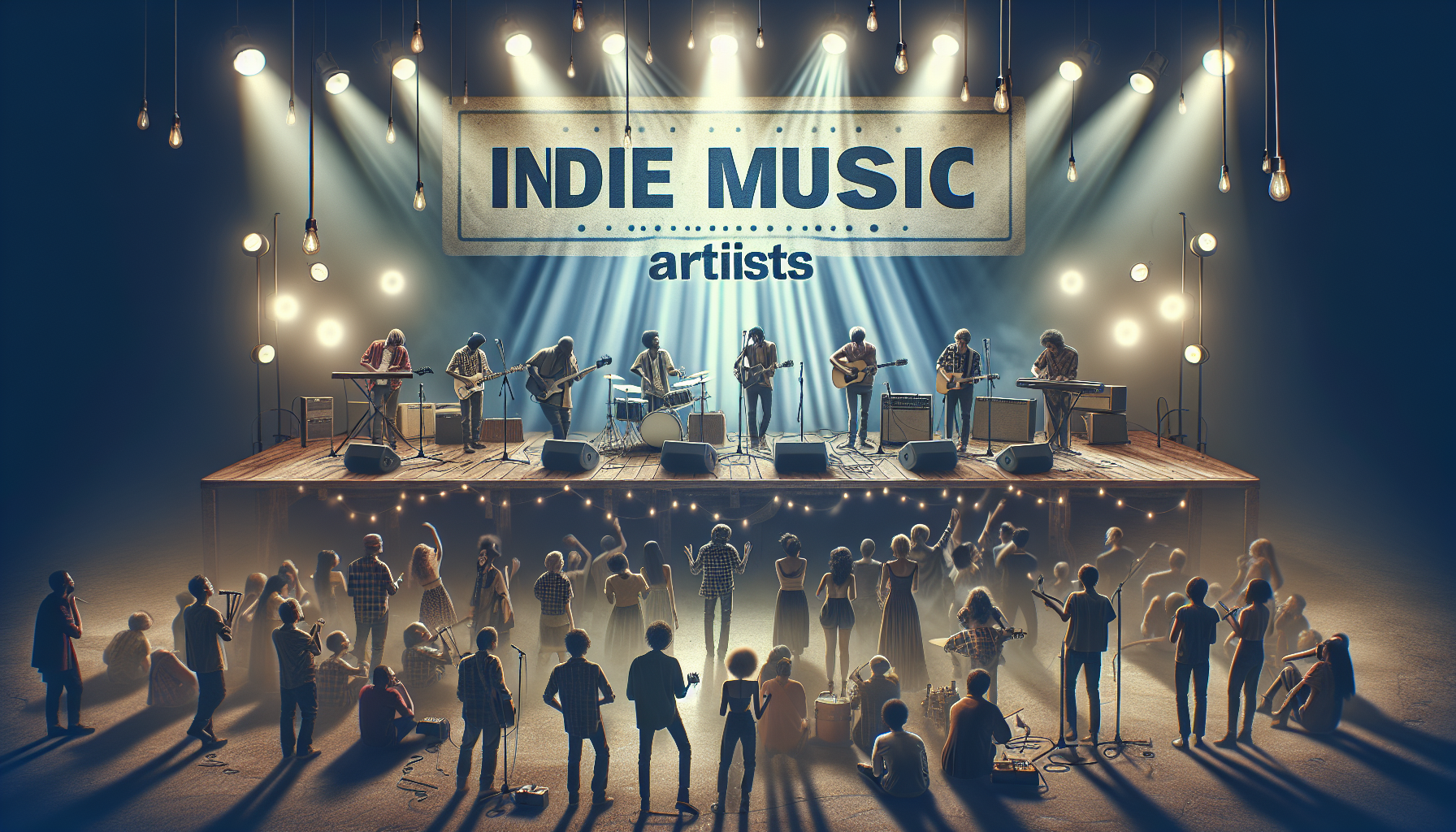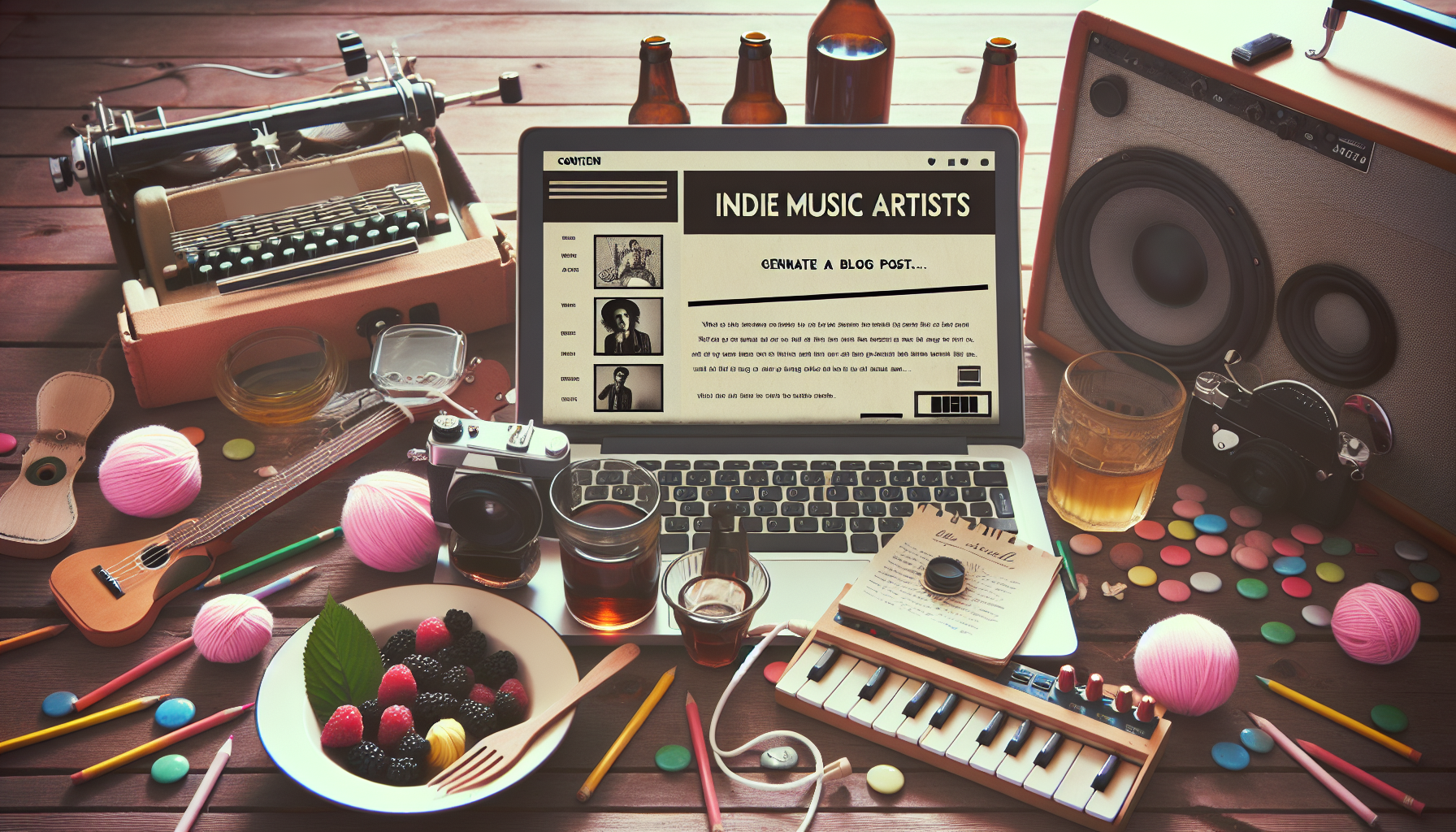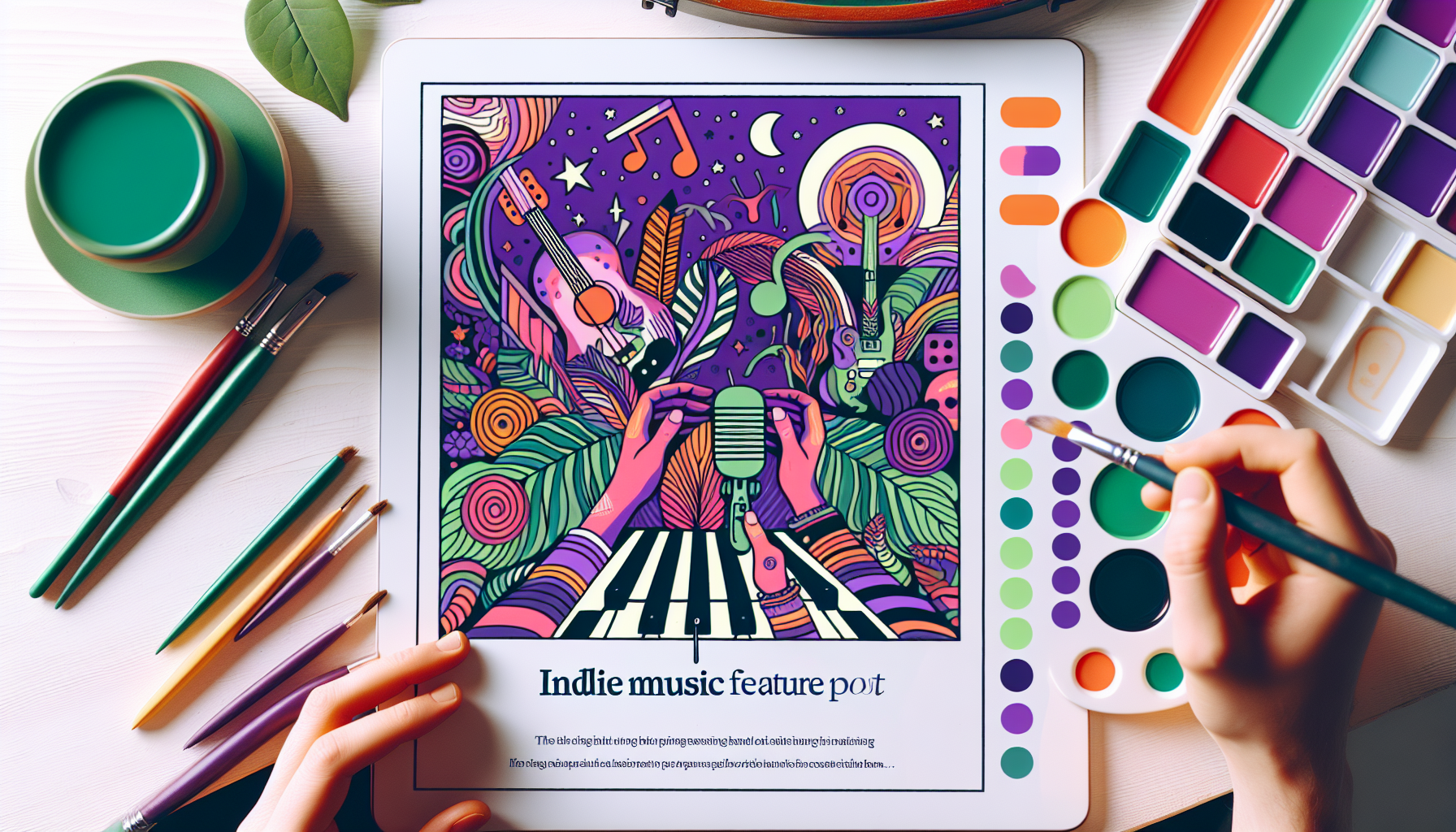How the Independent Music World is Changing
The world of independent music is always evolving. Today, changes are happening faster than ever, and they're shaping the way indie artists create, share, and make money from their music. To understand better, let's dive into insights from 79 indie music executives who've seen it all.
New Tools, New Opportunities
Technology is a game-changer in the indie music scene. With apps and software, artists can now record high-quality music right from their homes. This means they don't have to spend a lot of money renting professional studios. Social media platforms like Instagram, TikTok, and YouTube also make it easier for artists to share their music and connect with fans across the globe instantly. This has opened up huge opportunities for artists to gain popularity without needing a big record label behind them.
The Rise of Streaming
Streaming services like Spotify, Apple Music, and others have transformed how people listen to music. These platforms are great for indie artists because they help them reach listeners who might never have found their music otherwise. However, it's not all easy; earning significant money from streaming can be tough due to low payment rates, and the competition is intense.
A More Connected Community
One of the greatest strengths of the indie music world is its sense of community. Nowadays, this community is more connected than ever. Artists collaborate and support each other online, and fans can interact with their favorite musicians directly through social media. This close-knit community helps new artists gain visibility and grow their fan base.
Challenges Remain
Despite many positive changes, challenges remain in the indie music scene. Financial instability can be a significant hurdle. Without the backing of a major record label, indie artists often struggle to fund their music projects. They typically rely on live performances, merchandise sales, and direct contributions from fans to make ends meet.
Overall, the indie music world is more accessible but also more competitive than ever. Both new and established artists need to stay adaptable, keep connecting with fans, and continuously find creative ways to stand out.









